Considerations on Michaela Davies
Emily Leon
Engineering and extending the human body beyond its normal limitations has been a source of fascination for millennia. More recent expressions of this include plastic surgery, medical (and other) prosthesis, biohacking, and – in cross-disciplinary artist Michaela Davies’ case – electric muscle stimulation. This technology allows electrical impulses to be sent to the muscles to generate specific involuntarily movement of the limbs.
Davies’ work challenges many of the traditional perceptions of what it means to make music, to be a performer, and perhaps ultimately, what it means to be human. Her use of electric muscle stimulation, delivered to performers by way of MIDI [Musical Instrument Digital Interface], seeks to provoke her audience into considering the implications of a system where performers are willing to voluntarily participate in a performance that involves the involuntary body—muscles which are forced to contract and move based on Davies’ compositions, conducted by a computer. The content of Davies’ work addresses itself to a series of provocative questions, ranging from the personal and social consequences of automation, the reductionist theory of technological determinism, and transhumanism—even pain as a vehicle for pleasure and the fetishizing of dominance and submission. By means of science and technology, the medium of electric muscle stimulation allows participants to form relationships on the most superficial level, and also the most intimate. Cyborg String Quartet and Duty create collective structures that determine the success of each piece—one missing link and the system crumbles. Although seemingly isolating, collective involvement takes precedence.
In Understanding Media, Marshall McLuhan famously discussed how machines alter relationships to one another and to ourselves. His point could not have been more prescient, given the 24/7 culture we live in and our dependence on technology. Cyborg String Quartet and Duty depend on the modalities of science and sensory awareness in order to understand that the “medium is an extension of ourselves.” Although each performer is receiving the electrical impulses sent to their muscles, it is important to remember that each performer still has some control over themselves and their physical function, including how tightly they grip the bow or bell. However, the performer must let go of their preconceived notions of what it is to be human when working with Davies. The experience is not just about the human as a somatic instrument, but more importantly, how the medium allows each performer to experience new forms of expression, ways of being, and relationships to other physical bodies.
The human body is resilient and capable of adapting to most external and foreign stimuli, allowing shocks to evolve from momentary trauma to an almost normal function of the body’s design and its usual behavior. In each of these instances Davies creates an organic sound sculpture, linking each performer in order to execute inhuman and involuntary movements at changing velocities – unnaturally fast movements the performers would not be able to achieve of their own volition. Sometimes the most vulnerable state allows for an understanding of one’s full potential.
This project was supported by the Museum of Contemporary Cuts, and the Australian Council for the Arts, and made possible by the curatorial effort of Irini Papadimitriou (Programme Manager, V&A Digital Programmes) and Lanfranco Aceti (Director, Arts Administration at Boston University).
 Image: Involuntary Quartet (2013), Michaela Davies. Image courtesy of the artist
Image: Involuntary Quartet (2013), Michaela Davies. Image courtesy of the artist
